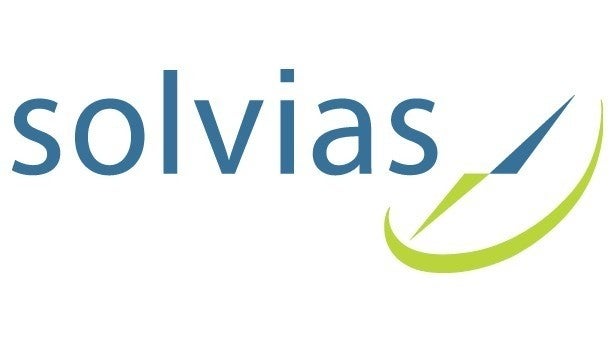Solvias is pleased to offer customers the latest-generation technology for container closure integrity testing (CCIT), deploying deterministic and non-destructive methods.
Through our dedicated unit for biological analysis, Confarma, we have been carrying out container closure tests using traditional methods for years in order to guarantee the integrity of sterile containers throughout their shelf life. Now, with the addition of the Wilcomat NEO DP, we are expanding our offer to secure our customers’ data integrity and best support CCIT analyses in line with the latest regulatory requirements.
This compact, new-generation device can test various packaging and product types using different pressure and vacuum decay test procedures quickly and with added sensitivity. It offers three physical methods for the detection and quantification of leaks that could allow the passage of contaminants.
LFC Method: Liquid-Filled Container
The LFC method is based on an exchange of gas between the liquid-filled container and the test chamber, operating under a very deep vacuum. If the surrounding vacuum level is high enough, the liquid will evaporate into the gas phase. Due to this phase change from liquid to gas, its volume increases sharply, which forms the basis of the high sensitivity of this test procedure.
In a hermetically sealed test chamber, this additional volume of gas results in an increase in pressure. Thus, LFC technology is optimised to check for leaks in both the headspace and the liquid phase of a container.
P Method: Pressure decay
The differential pressure method (P Method) is based on an exchange of gas between the test chamber and the container. The principle is based on the application of positive pressure inside a test sample. In the event of an existing leak, the volume of the sample will escape; consequently, the pressure inside the sample will decrease.
A reduction in the pressure level will indicate the presence of a leak due to the corresponding gas transfer. Cytotoxic products are analysed using the P method.
V Method: Vacuum decay
The ‘V’ test procedure is based on the principle that the volume of gas can escape from a leaked test sample by evacuating the environment. This additional volume then enters the closed test chamber. In this case, the pressure increases as a function of this additional volume.
An increase in pressure can therefore be observed during a test period. This pressure increase is recorded and evaluated in order to assess the tightness of the sample. This method is ideal for lyophilised or empty products.
A key advantage of these three methods is that no sample preparation or destruction is required, thanks to the use of deterministic and non-destructive methods. The device can test many different containers such as syringes, vials, cartridges and more. They can be tested empty or contain liquid, lyophilised or solid products.
What’s more, our newly deployed CCIT device is fully compliant with the US FDA Regulation 21 CFR Part 11 on electronic records, which guarantees data integrity.
Interested in learning more about how Solvias can support your container closure integrity requirements? Contact us today.

